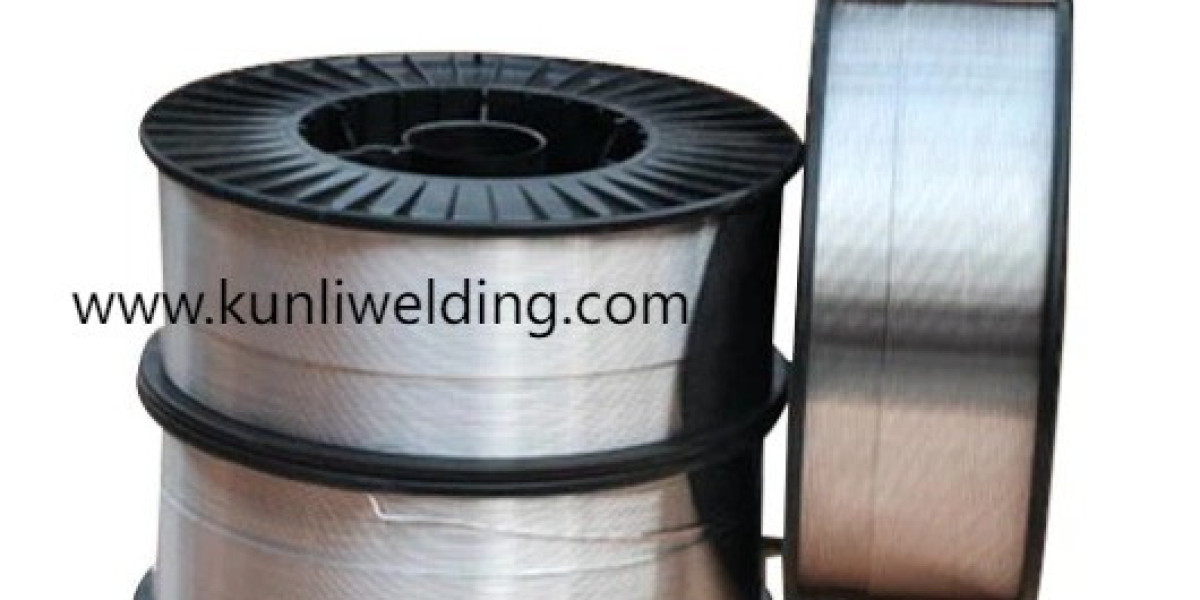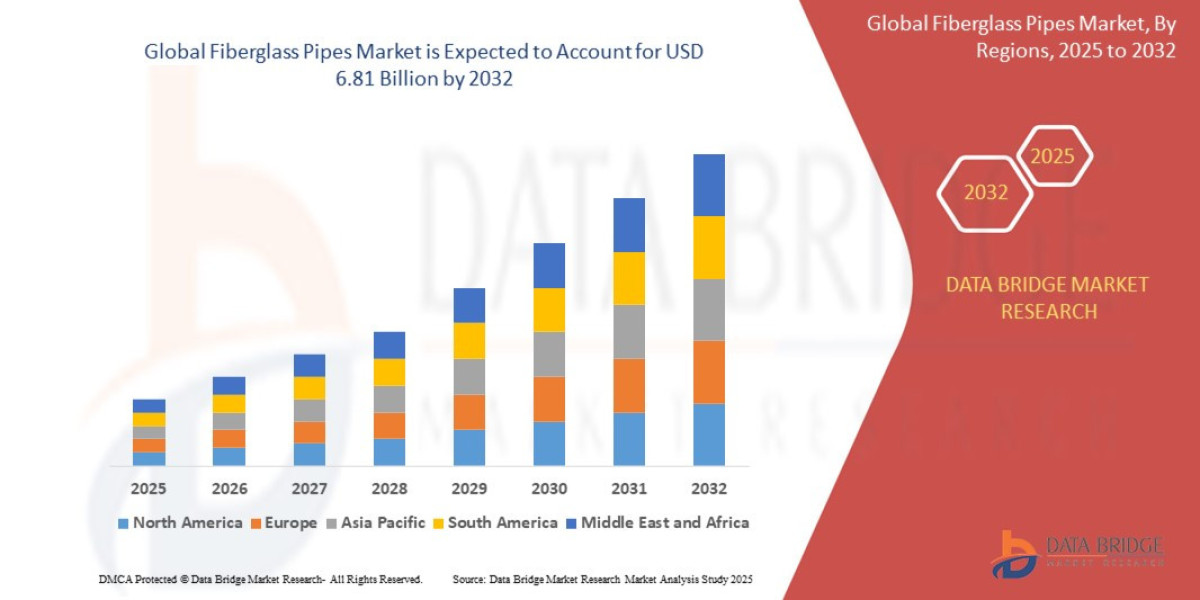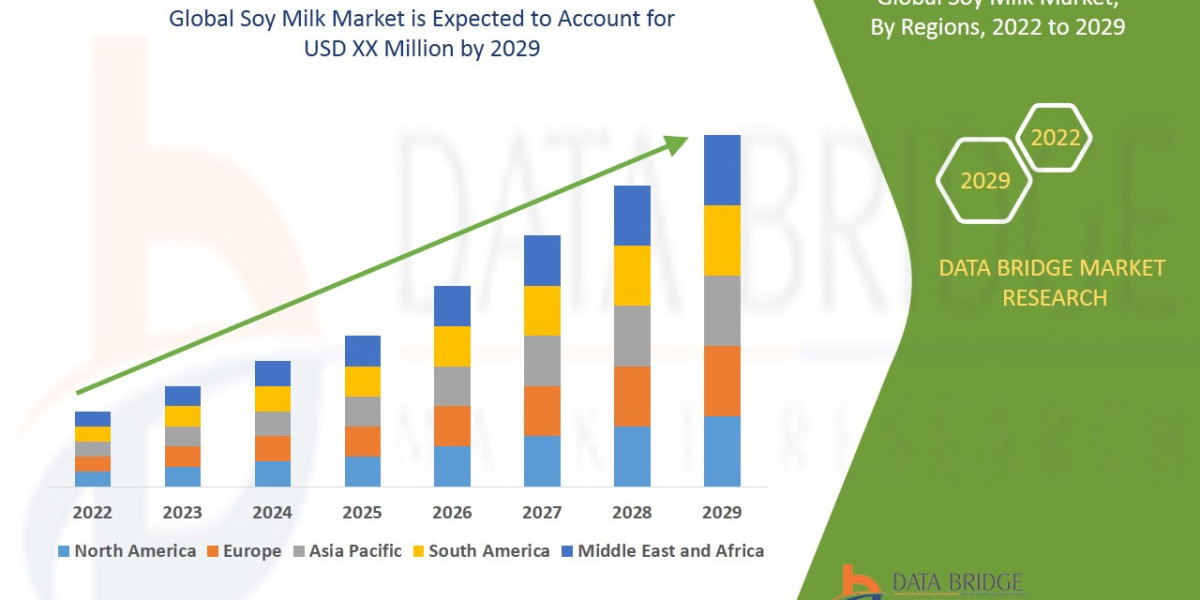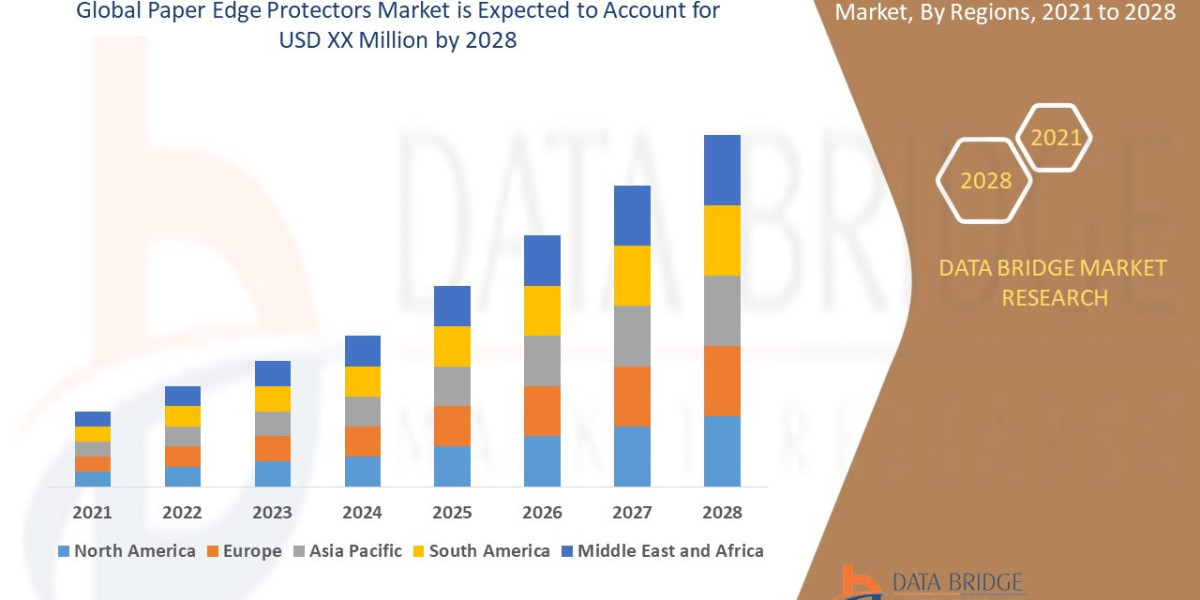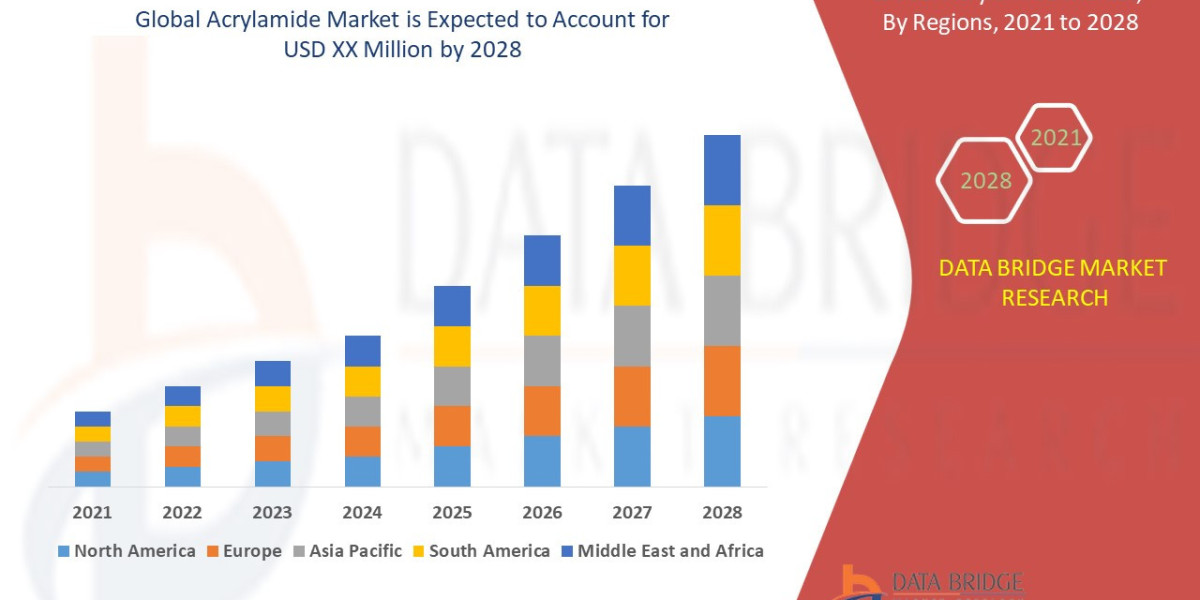When supply lines tighten and buyers watch input costs closely, Aluminum Tig Wire Suppliers becomes a phrase procurement teams type into search boxes as they weigh how raw material moves ripple through the price of filler metal. Welders and purchasing managers are seeing how commodity shifts and logistics changes affect lead times and shelf cost, and they are asking how supplier strategies are adapting to keep production predictable.
Raw material costs are a central factor. The base metals and alloying components used to make welding wire follow broader market cycles. When those underlying inputs rise or when energy and transport costs climb, manufacturers face higher production expense which can influence the price seen at the spool. Suppliers tend to respond in different ways depending on their sourcing structure and inventory posture so buyers who track that rhythm get fewer surprises at checkout.
Energy and logistics pressures have become part of everyday procurement conversations. Fabricators that operate international supply lines have felt how shipping bottlenecks and regional energy swings affect availability and handling costs. These pressures sometimes lead suppliers to revise packaging and shipping practices or to prioritize regional warehouses to keep deliveries steady. Those same practices can change how quickly a purchaser gets a specific alloy or spool size when demand spikes.
Market demand for lighter assemblies and for repairable components is another influence on pricing and supplier behavior. Sectors that favor aluminum are expanding their use for efficiency and handling reasons and that alters order patterns for filler metal. Suppliers that can show consistent quality across alloy ranges and that offer clear handling guidance are better positioned to support buyers who need predictable weld performance under shifting workloads. That predictability matters as fabricators balance finish expectations against throughput.
Suppliers use a handful of pricing strategies to manage volatility. Some smooth price moves with inventory buffers so buyers experience fewer sudden changes. Others adjust lead times and order minimums to align with production runs. A third group offers clearer product notes and handling guidance so customers can reduce waste and rework in the shop. Understanding which approach a supplier follows helps procurement teams plan for cash flow and bench inventories without overstocking.
Transparency from suppliers about how price is formed helps end users make smarter buying calls. When product pages and technical notes explain alloy families intended uses and storage recommendations the shop can avoid contamination problems and reduce scrap. That practical information can offset a higher per spool price by cutting the hours spent on rework and on finishing. It is why some buyers favor suppliers that publish detailed application guidance alongside product listings.
Testing and sampling remain effective defenses against unexpected cost consequences. A short trial run under real shop conditions shows how a wire behaves with your machines and how much post weld dressing is required. Those trials reveal the hidden labor cost that may accompany low priced spools and they also expose cases where a slightly different alloy or wire geometry reduces finishing time. Procurement teams that include these operational metrics in their comparisons end up with a more realistic total cost view.
Longer term, sustainability and circular thinking shape supplier choices. When designers push to keep materials repairable rather than replaceable, the welding filler choice influences how often assemblies can be renewed. Suppliers that document performance in repair contexts and that recommend handling to preserve wire quality contribute to lower lifecycle cost. That alignment between design intent and supplier guidance is becoming a routine part of procurement conversations across multiple sectors.
Practical buyer actions to manage price exposure include asking suppliers for handling instructions that reduce contamination risk and for recommended storage practices that preserve feedability. Keeping a short checklist for spool handling and running representative weld trials avoids surprises after a large purchase. Aligning procurement cadence with typical project rhythms and choosing suppliers who offer clear product notes narrows the gap between price on paper and actual cost on the shop floor.
In times when input costs and logistics shift quickly, the relationship with your supplier matters almost as much as the chemistry on the spool. Buyers who know how their Aluminum Tig Wire Suppliers manage inventory pricing and technical support are in a stronger position to balance immediate price pressures with the long view of production consistency. To review alloy choices and product notes from a manufacturer with published product guidance visit the product page at https://www.kunliwelding.com/product/aluminum-alloy-wire/aluminum-alloy-welding-wire.html .
